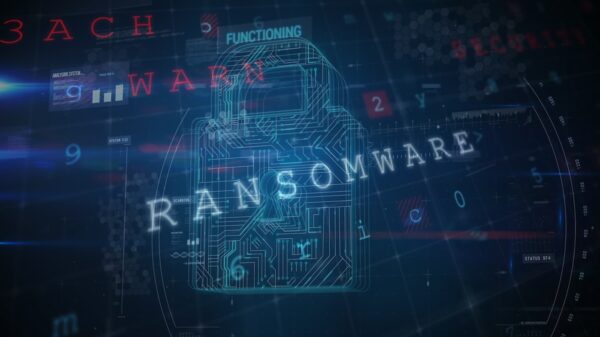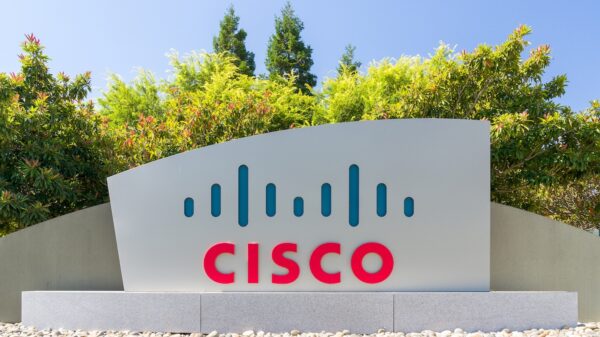Researchers at Dell SecureWorks say the notorious ZeroAccess botnet has resurfaced and is back distributing click fraud templates to compromised computers.
Also known as Sirefef, ZeroAccess was disrupted by authorities in December 2013. Traditionally, it has been used to perpetrate click fraud. At one point during 2012, it was linked to a campaign that at one point was estimated to be making as much as $100,000 per day.
Between March 21, 2014, and July 2, 2014, the SecureWorks Counter Threat Unit (CTU) observed the botnet reactivate. On Jan. 15 of this year, the botnet once again began distributing click fraud templates to compromised systems.
“The threat actors behind ZeroAccess have not attempted to expand the botnet with new compromises following the December 2013 disruption,” according to a blog post by CTU. “Instead, the botnet is composed of residual hosts from past compromises, so it is much smaller than it has been in the past. ZeroAccess is segmented into two distinct botnets that operate over different UDP ports: UDP 16464/16471 — used by compromised Windows systems running on a 32-bit architecture (and) UDP 16465/16470 — used by compromised Windows systems running on a 64-bit architecture.”
“Compromised systems act as nodes in the P2P network, and they periodically receive new templates that include URLs for attacker-controlled template servers,” the researchers noted. “After the systems visit these URLs, the malware begins a cascade of redirects that eventually lead to a Traffic Direction System (TDS) that sends the bot to its final destination.”
According to SecureWorks, researchers have spotted 55,208 unique IP addresses participating in the botnet between January 17 and January 25, 2015. During this period, the peer-to-peer network had 38,094 hosts in the 16464/16471 (32-bit) segment and 17,114 hosts in the 16465/16470 (64-bit) segment participating.
“Although the threat actors behind ZeroAccess have not made any measurable attempts to augment the botnet in more than a year, it remains substantial in size,” according to the researchers. “Its resiliency is a testament to the tenacity of its operators and highlights the danger of malware using P2P networks. ZeroAccess does not pose the same threat as other botnets used to perpetrate banking fraud, steal login credentials and valuable data, or hold victims’ files for ransom. However, it does cause untold fraud losses for advertisers and consumes considerable resources for organizations with compromised hosts.”
















